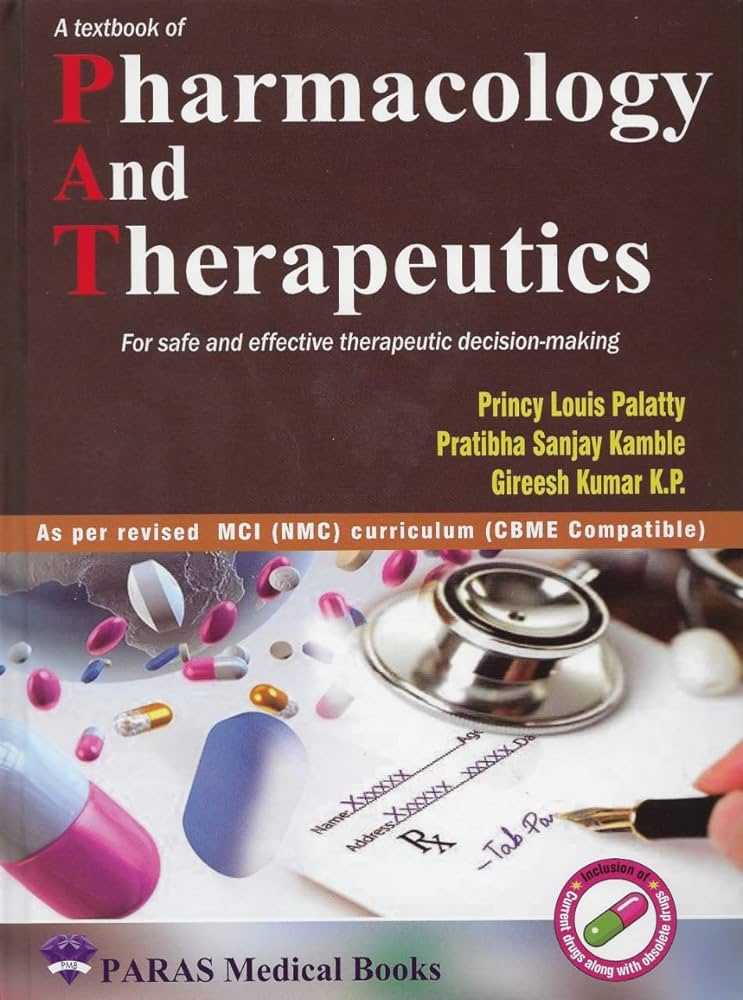治疗性PCSK9靶向:肝细胞内还是肝细胞外?
IF 12.5
1区 医学
Q1 PHARMACOLOGY & PHARMACY
引用次数: 0
摘要
作为低密度脂蛋白受体(LDLR)活性和LDL-胆固醇(LDL- c)水平的主要调节因子,枯草素/蛋白转化酶9 (PCSK9)是一个明显的降脂治疗靶点。PCSK9抑制剂alirocumab和evolocumab是人单克隆抗体(mab),通过络合循环PCSK9在细胞外起作用,从而阻止其与LDLR结合。相反,小干扰RNA (siRNA) inclisiran抑制PCSK9的肝脏合成,从而导致细胞内外蛋白质量减少。两种方法均可降低血浆LDL-C浓度,改善心血管预后。与siRNA(≈50 %)相比,单克隆抗体的LDL-C降低率(≈60 %)略优于siRNA(≈50 %);需要进行头对头比较,以确认不同类别之间的疗效差异。在瀑布分析中,这两类药物在个体之间的LDL-C降低反应中表现出可变性。单克隆抗体介导的抑制导致血浆PCSK9水平代偿性增加,而siRNA治疗可降低PCSK9水平。这些药物的药代动力学和药效学特征不同,与慢性疾病相比,这可能在急性(如急性冠状动脉综合征)下转化为不同的临床机会。与他汀类药物治疗相比,这两种药物都能进一步降低LDL-C水平(高达50% %),有助于实现指南推荐的高危患者LDL-C目标。其他PCSK9抑制剂,包括口服大环肽、PCSK9小结合蛋白和一种新型小分子,以及PCSK9的肝脏基因编辑,正在开发中。这篇综述批判性地评价了针对PCSK9细胞内外的药理学策略。本文章由计算机程序翻译,如有差异,请以英文原文为准。
Therapeutic PCSK9 targeting: Inside versus outside the hepatocyte?
As a major regulator of LDL receptor (LDLR) activity and thus of LDL-cholesterol (LDL-C) levels, proprotein convertase subtilisin/kexin type 9 (PCSK9) represents an obvious therapeutic target for lipid lowering. The PCSK9 inhibitors, alirocumab and evolocumab, are human monoclonal antibodies (mAbs) that act outside the cell by complexing circulating PCSK9 and thus preventing its binding to the LDLR. In contrast, inclisiran, a small interfering RNA (siRNA), inhibits hepatic synthesis of PCSK9, thereby resulting in reduced amounts of the protein inside and outside the cell. Both approaches result in decreased plasma LDL-C concentrations and improved cardiovascular outcomes. Marginally superior LDL-C reduction (≈ 60 %) is achieved with mAbs as compared to the siRNA (≈ 50 %); head-to-head comparisons are required to confirm between-class differences in efficacy. Both drug classes have shown variability in LDL-C lowering response between individuals in waterfall analyses. Whereas mAb-mediated inhibition leads to a compensatory increase in plasma PCSK9 levels, siRNA treatment reduces them. These agents differ in their pharmacokinetic and pharmacodynamic features, which may translate into distinct clinical opportunities under acute (e.g. acute coronary syndromes) as compared to chronic conditions. Both drug classes provide additional reduction in LDL-C levels (up to 50 %) beyond those achieved with statin therapy, facilitating attainment of guideline-recommended LDL-C goals in high and very high-risk patients. Additional PCSK9 inhibitors, including an oral macrocyclic peptide, a small PCSK9 binding protein and a novel small molecule, plus hepatic gene editing of PCSK9, are under development. This review critically appraises pharmacological strategies to target PCSK9 either inside or outside the cell.
求助全文
通过发布文献求助,成功后即可免费获取论文全文。
去求助
来源期刊
CiteScore
23.00
自引率
0.70%
发文量
222
审稿时长
90 days
期刊介绍:
Pharmacology & Therapeutics, in its 20th year, delivers lucid, critical, and authoritative reviews on current pharmacological topics.Articles, commissioned by the editor, follow specific author instructions.This journal maintains its scientific excellence and ranks among the top 10 most cited journals in pharmacology.

 求助内容:
求助内容: 应助结果提醒方式:
应助结果提醒方式:


